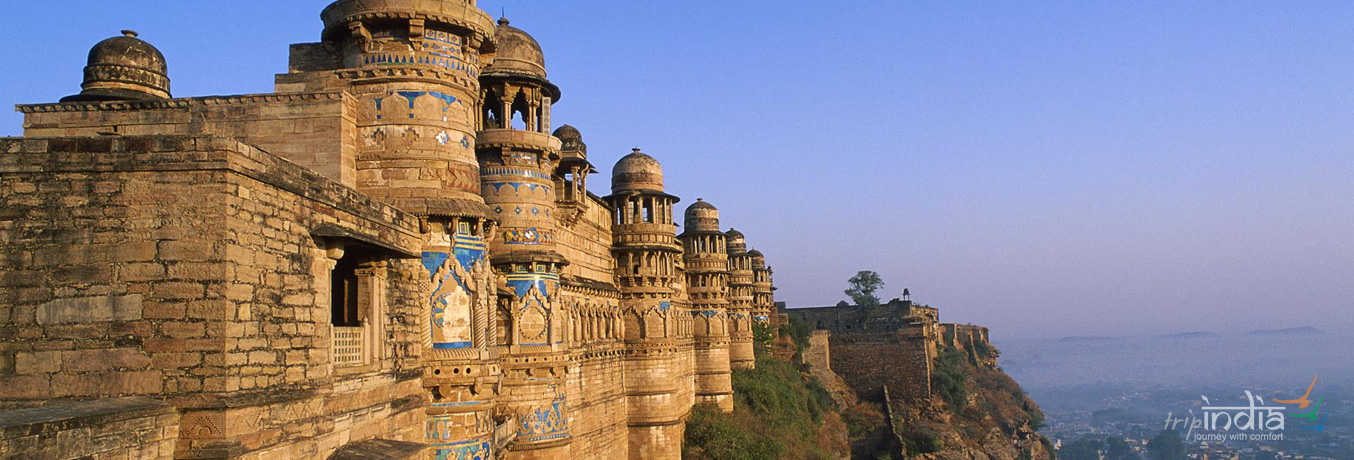
Madhya Pradesh is the second largest state in India located in the central part of India and share it’s boundaries with the Indian states in the northeast by Uttar Pradesh, to its southeast lies Chhattisgarh, to its south lies Maharashtra, to its West lies Gujarat and to its northwest lies Rajasthan. Due to it’s geographical location it is popularly known as "heart of India". This state is famous for its many natural and artificial lakes is a wonderful mishmash of old world and modernization in its architecture. Bhopal is the capital city of Madhya Pradesh with the second largest Muslim inhabited city along with a vast Hindu populace, a component that has left his permanent imprint on Bhopal’s culture where Diwali and Eid are prominent festivals and both are celebrated with same gusto and both Hindus and Muslims visit each other on their festivals. It has been home to the cultural heritage of Hinduism, Buddhism, Jainism etc. Innumerable monuments, but exquisitely carved temples, stupas, forts & palaces are dotted all over the state. The tourist destinations of Madhya Pradesh attract a large number of tourists from all over the world for wildlife safaris, world heritage sites and sculptured temples.